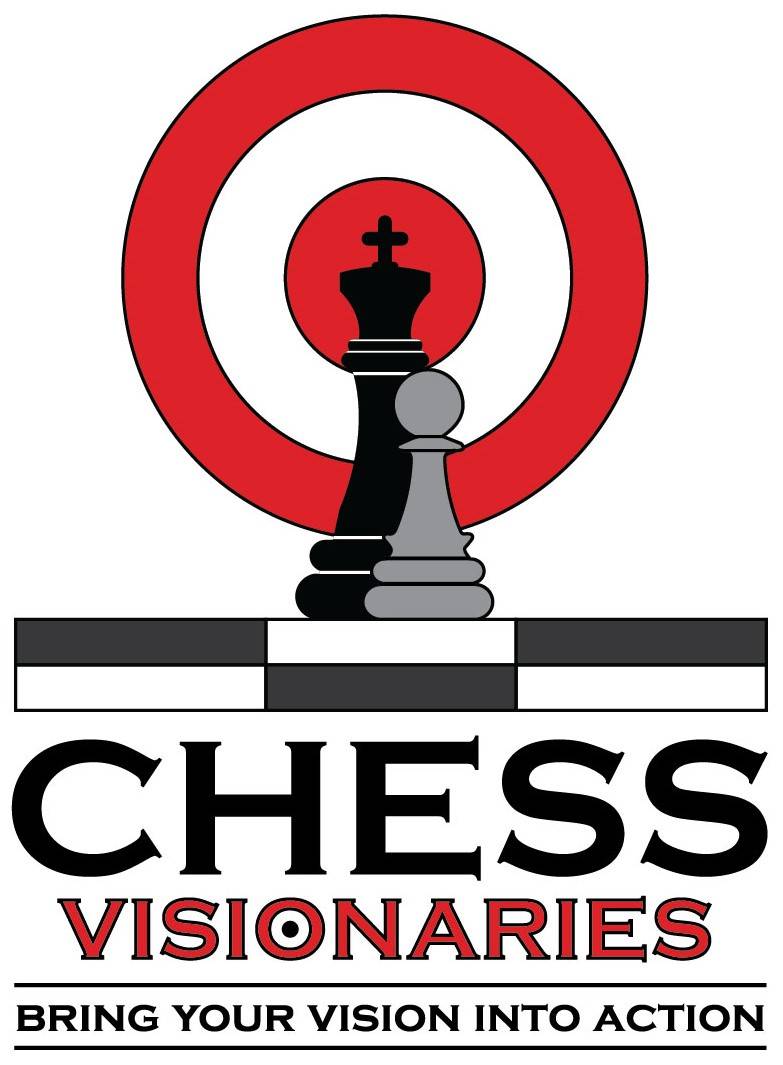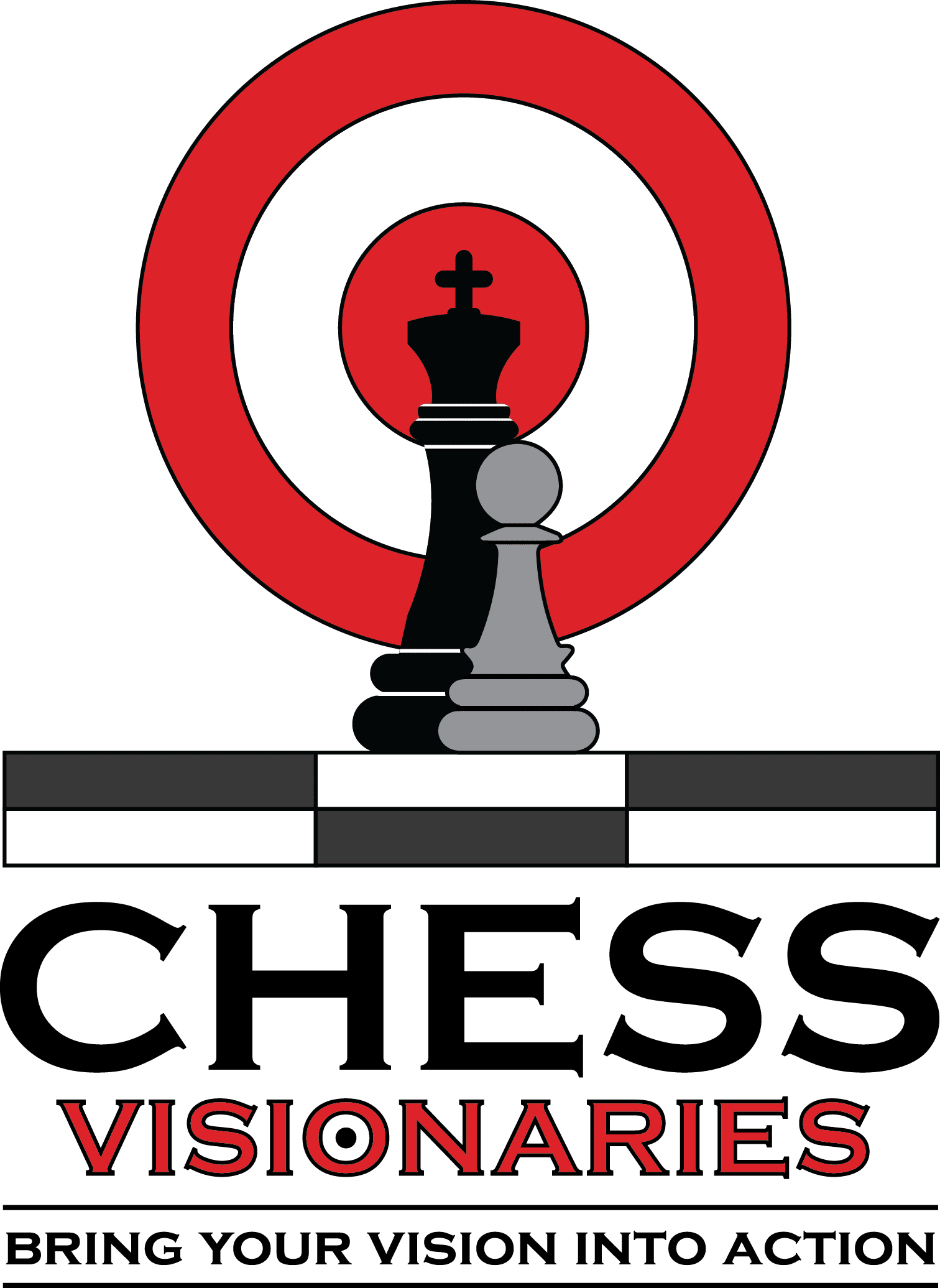BRING YOUR VISION INTO ACTION
Are you ready for a fun challenge? Test your knowledge about the opening, middlegame, and endgame in chess.

As you learned, the opening is all about development! Remember, sleeping soldiers can’t fight! Click through to get to your first question.

This move starts the fight for the center and takes space. It also prepares to develop the bishop on f1 (or potentially the queen).

A common answer to White’s first move. Black does the same things, and blocks the white pawn.
————————————–
Keep clicking through, reading the descriptions to learn along the way, before you get to your test questions!

The knights are very important pieces to develop and should almost always point towards the center.

Black also develops his knight towards the center, and guards the e5 pawn which White’s knight just attacked.
————————————–
Just keep clicking… just keep clicking…

White develops his bishop from f1 to a good square where it aims through the center and points at f7.

Black also develops his knight. Now both of his knights are pointed towards the center, and he is also getting closer to castling his king on e8 to the kingside.
————————————–
Click through, keep reading and try to understand as much as you can about this opening before your question comes! That will help!

White guards his e4 pawn and also makes a way out for his c1-bishop. Another natural developing move might be 4.Nc3, also guarding the e4-pawn.

Black develops his bishop to an active spot, where it shoots through the center. Notice that …Bb4+ is check, but this doesn’t do Black much good, since the bishop will have to move again after White moves the pawn on c2 to c3, attacking the bishop.
————————————–
Click through.

White castles kingside. The king is now nestled away, out of the fierce fighting which will happen in the center. The rook is also now ready to come into action.

Black has opened the way for his light-squared bishop. As you can see, each side has pushed only two pawns – that is all they need to move to get the bishops out.
————————————–
Almost there!

White brings his knight out towards the center. The way both players have developed their pieces is only one way to start a game of chess.

Black brought out his remaining “minor piece” (bishops and knights are “minor” pieces, while the rooks and queens are referred to as the “major” pieces) and challenged the white bishop.
————————————–
One more time!

The white bishop has retreated to a good spot. Of course it was already protected by the d3 pawn, but White didn’t want to have his pawns broken up by needing to recapture dxc4.

Your Move
(You play white)
Black has moved his queen off the back rank and is now ready for castling on either side.
————————————–
You made it! Time to help White complete his development. You need to make the last two moves of this set of positions. How and where should you develop your bishop on c1?

Correct!
Good job! White developed his bishop aggressively, pinning the black knight.

Your Move
(You play white)
Black has castled queenside (also called “castling long”). Now his rooks are connected and all of his pieces are developed towards the center.
————————————–
Now you must make a move that finishes the opening stage for White. How can you do that?

You can now say that the opening is completed, since both players have developed all of their pieces, castled, and connected their rooks. Also correct would have been 9.Qe2.

